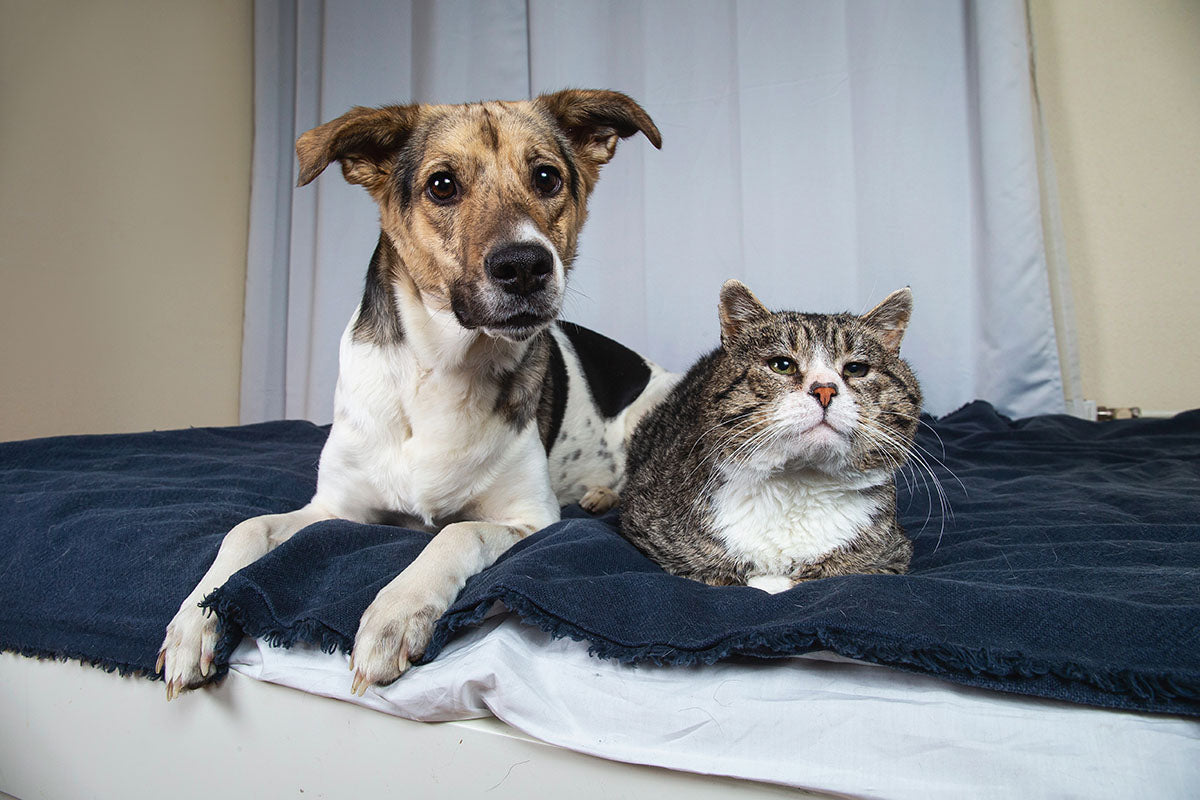
How to Spot Subtle Signs of Discomfort in Aging Pets
As pets age, their needs change, and so does their ability to communicate discomfort. While younger pets might bounce back quickly from minor aches, senior pets often show subtle signs of discomfort that can easily go unnoticed. Recognizing these early signs is crucial for keeping your furry friend comfortable and happy in his golden years.

Common Subtle Signs of Discomfort
Aging pets typically express discomfort through small changes in behavior or physical condition. Look for these signs:
-
Behavioral changes: Reluctance to climb stairs, jump onto furniture, or engage in play. You might also notice your pet becoming more irritable or withdrawn.
-
Physical indicators: Watch for stiffness, limping, or difficulty getting up, which often points to mobility issues. Reduced grooming (especially in cats) and weight changes can also indicate discomfort.
-
Unusual vocalizations: Increased whining, growling, or excessive meowing might be your pet's way of expressing distress.
By staying attuned to these subtle signals, you can address potential issues early and ensure appropriate care.
Practical Steps to Help Your Aging Pet
Supporting your senior pet starts with creating a comfortable environment tailored to their changing needs. Try these ideas.
-
Provide temperature-controlled bedding. The K&H Cool Bed III provides cooling relief for dogs, while the K&H Thermo-Kitty Mat offers soothing warmth for cats with achy muscles.
-
Consider elevated beds. Elevated beds make getting in and out of beds much easier for pets. Options like the K&H All Season All Weather Dog Cot or the K&H Original Bolster Pet Cot reduce pressure on joints. Plus, the all-season/all-weather design is ideal for indoor and outdoor use. The elevated beds keep pets off cold floors and ground surfaces — perfect for maintaining comfort indoors and outdoors.
-
Add accessible perches. Cats love window views but might struggle to jump as they age. Install the K&H EZ Mount Deluxe Bolstered Window Kitty Sill with Cat Grass Grow Station, which provides a perch with added enrichment. If needed, add steps for an easy-to-reach perch.
-
Get regular pet checkups. Twice-a-year veterinary visits are essential for monitoring age-related conditions and ensuring your pet receives proper treatment.
Preventive Measures and Lifestyle Adjustments
Proactive care can help prevent discomfort and keep your aging pet active.
For starters, ensure your pet gets enough (gentle) exercise. Low-impact activities like short walks or interactive play sessions maintain mobility without overexertion. Plus, these activities reinforce the bond between the two of you — and keep your pet mentally stimulated.
If mobility issues are plaguing your pet, consult your veterinarian about joint-friendly dietary changes and supplements that might help.
Think about environmental adjustments you can make that might help your senior pet. Some ideas? Use ramps or steps for easier furniture access, cover slippery floors with rugs, and provide elevated beds for extra support.
Aging pets might need help regulating their body temperature. Because senior pets are sensitive to temperature changes, consider using heated bedding in winter and cooling options in summer.
When to Seek Professional Help
Sometimes, subtle signs of discomfort require immediate medical attention. Call your veterinarian if you notice your pet exhibiting any of these signs:
-
Persistent limping or stiffness that doesn't improve
-
Severe behavioral changes such as aggression or excessive hiding
-
Visible discomfort when lying down or sensitivity to touch
-
Sudden change in appetite or increased thirst
Remember, early intervention could significantly improve your pet's quality of life.
Caring for Your Senior Pet
Your senior pets deserve the best care possible in their golden years. Pay attention to their unique needs, making thoughtful adjustments to keep them comfortable. From recognizing subtle signs of discomfort to providing supportive products as they age, small changes can make a big impact on your furry friend's well-being. By staying vigilant, you can help ensure your pets remain happy, comfortable, and healthy for as long as possible.
For more expert advice on pet health and wellness, explore our blog for additional resources on supporting your aging companion.





